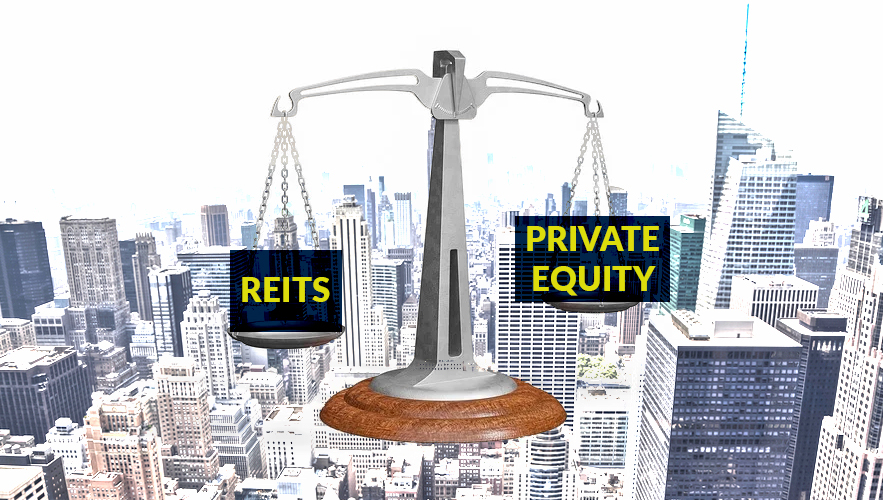
Backwardation refers to a situation in which the price of one thing falls in the future relative its current price. Commodities are raw materials that can be used to make other products or services. Investors can lose their investment if future prices drop too fast. This condition is known by the "Contango Effect."
Contango
A situation in which futures and spot price of a commodity are convergent is called contango. The futures contract is considered to be in a backwardation condition if the futures price exceeds the spot price. This is when the demand for futures contracts exceeds the supply. As a result, futures and spot prices will increase over time. In other words, a contract that is bought at a price of $75 will eventually be worth $70, and vice versa.

Backwardation is not preferred by traders. Backwardation happens when the futures price is above the spot price. Backwardation allows traders to profit by buying futures contracts in expectation of it rising. However, if futures prices are below the anticipated price, traders may think that the demand for the commodity is less than expected. This is a risky scenario for traders. Therefore, it is better to keep following the trend.
Although "contango" is applicable to futures options, it also applies to commodity futures (ETFs) and leveraged foreign exchange-traded funds. The opposite management mantra may be the case with exchange-traded funds, as they follow the opposite management mantra. You might be tempted to ask why anyone would want to invest in ETFs that follow the opposite management mantra. But, the truth is that this is quite common in futures markets and options markets.
Traders looking for a long-term investment opportunity should consider the potential risk of the market's movement in the direction of the forward contract price. If the market moves towards a futures price, then the price of the futures contracts will fall. It will usually equal the maturity spot price. However, there is an extreme risk that the market will decline. The price graph is a good way to determine if the commodity is in a reversed situation.

Another strategy that many traders use to manage their risks involves laddering. Laddering is a way to hedge futures contracts. In this strategy, one sells the most expensive contracts while buying the cheapest contracts. Traders can thus minimize their losses from contango and reduce their risks of backwardation. It's always better to be safe than sorry. In addition to laddering, it's also advisable to be cautious with leveraged and commodity ETFs.
FAQ
How do I choose a good investment company?
A good investment manager will offer competitive fees, top-quality management and a diverse portfolio. Commonly, fees are charged depending on the security that you hold in your account. Some companies have no charges for holding cash. Others charge a flat fee each year, regardless how much you deposit. Others charge a percentage of your total assets.
Also, find out about their past performance records. You might not choose a company with a poor track-record. Avoid companies with low net assets value (NAV), or very volatile NAVs.
You also need to verify their investment philosophy. A company that invests in high-return investments should be open to taking risks. If they are unwilling to do so, then they may not be able to meet your expectations.
What is security on the stock market?
Security is an asset that generates income for its owner. Shares in companies are the most popular type of security.
A company could issue bonds, preferred stocks or common stocks.
The earnings per share (EPS), and the dividends paid by the company determine the value of a share.
When you buy a share, you own part of the business and have a claim on future profits. If the company pays a payout, you get money from them.
You can always sell your shares.
What are the benefits of stock ownership?
Stocks are more volatile that bonds. When a company goes bankrupt, the value of its shares will fall dramatically.
However, if a company grows, then the share price will rise.
In order to raise capital, companies usually issue new shares. This allows investors buy more shares.
To borrow money, companies use debt financing. This allows them to get cheap credit that will allow them to grow faster.
If a company makes a great product, people will buy it. As demand increases, so does the price of the stock.
As long as the company continues to produce products that people want, then the stock price should continue to increase.
How are securities traded
The stock market is an exchange where investors buy shares of companies for money. Companies issue shares to raise capital by selling them to investors. When investors decide to reap the benefits of owning company assets, they sell the shares back to them.
Supply and Demand determine the price at which stocks trade in open market. The price goes up when there are fewer sellers than buyers. Prices fall when there are many buyers.
There are two options for trading stocks.
-
Directly from the company
-
Through a broker
Statistics
- "If all of your money's in one stock, you could potentially lose 50% of it overnight," Moore says. (nerdwallet.com)
- The S&P 500 has grown about 10.5% per year since its establishment in the 1920s. (investopedia.com)
- US resident who opens a new IBKR Pro individual or joint account receives a 0.25% rate reduction on margin loans. (nerdwallet.com)
- Individuals with very limited financial experience are either terrified by horror stories of average investors losing 50% of their portfolio value or are beguiled by "hot tips" that bear the promise of huge rewards but seldom pay off. (investopedia.com)
External Links
How To
How to Trade in Stock Market
Stock trading refers to the act of buying and selling stocks or bonds, commodities, currencies, derivatives, and other securities. The word "trading" comes from the French term traiteur (someone who buys and sells). Traders are people who buy and sell securities to make money. It is one of the oldest forms of financial investment.
There are many ways you can invest in the stock exchange. There are three main types of investing: active, passive, and hybrid. Passive investors only watch their investments grow. Actively traded investors seek out winning companies and make money from them. Hybrid investors take a mix of both these approaches.
Index funds track broad indices, such as S&P 500 or Dow Jones Industrial Average. Passive investment is achieved through index funds. This method is popular as it offers diversification and minimizes risk. Just sit back and allow your investments to work for you.
Active investing involves picking specific companies and analyzing their performance. An active investor will examine things like earnings growth and return on equity. They then decide whether they will buy shares or not. If they feel that the company is undervalued, they will buy shares and hope that the price goes up. On the other hand, if they think the company is overvalued, they will wait until the price drops before purchasing the stock.
Hybrid investing blends elements of both active and passive investing. You might choose a fund that tracks multiple stocks but also wish to pick several companies. In this instance, you might put part of your portfolio in passively managed funds and part in active managed funds.